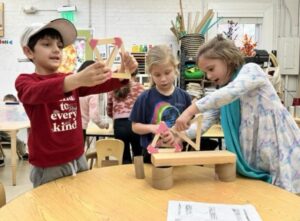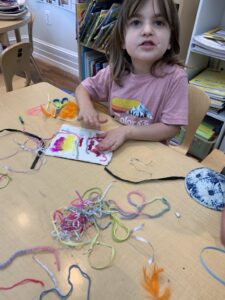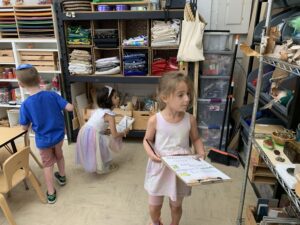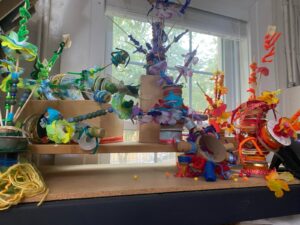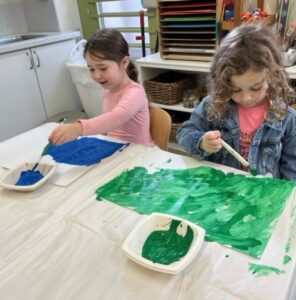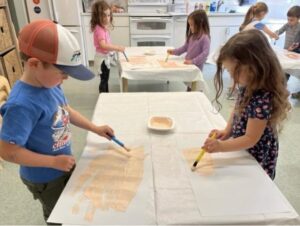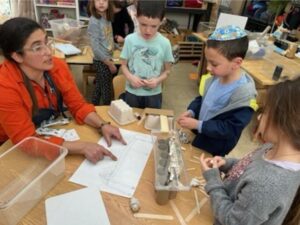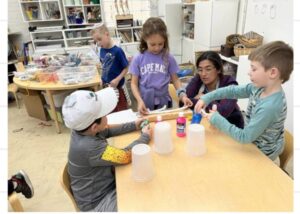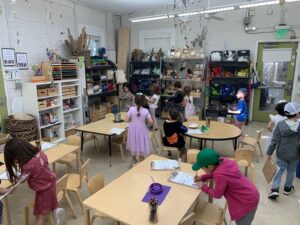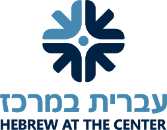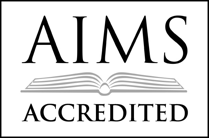Pre-K studied color theory by using clay to learn how to mix colors. According to Rachel, this is largely a way for students to work on their fine motor skills. They combine colors in different ways, including “pancakes” where they squish together a stack of flat circles, and “snakes,” where they twist together two strands. Students also used their color blending skills in their overarching class unit on identity, where they created self portraits and mixed colors together to match their individual skin and eye tones.
Rachel says she wants students to learn that art can be collaborative, and that it can be expansive while also involving constraint. “Students need to be able to decide who takes projects home—it’s not just ‘mine, mine, mine.’ That’s important to learn for young children, but also for all of us. They also learn that all materials can’t do everything, and that they can’t use some of the materials that they see because they’re for a different class. That’s a big deal for them,” she says.
Rachel also wants students to feel like they are capable of making things with the materials of the world around them—which is why she uses so many recycled materials. “I want them to notice things around them, and look at the physical world, and imbue it with the creative spirit,” she says. “I want them to see that they are part of the creative process of the world, and that they have so many materials at their disposal. They can see the potential in everyday things, and then take them and make something new.”

